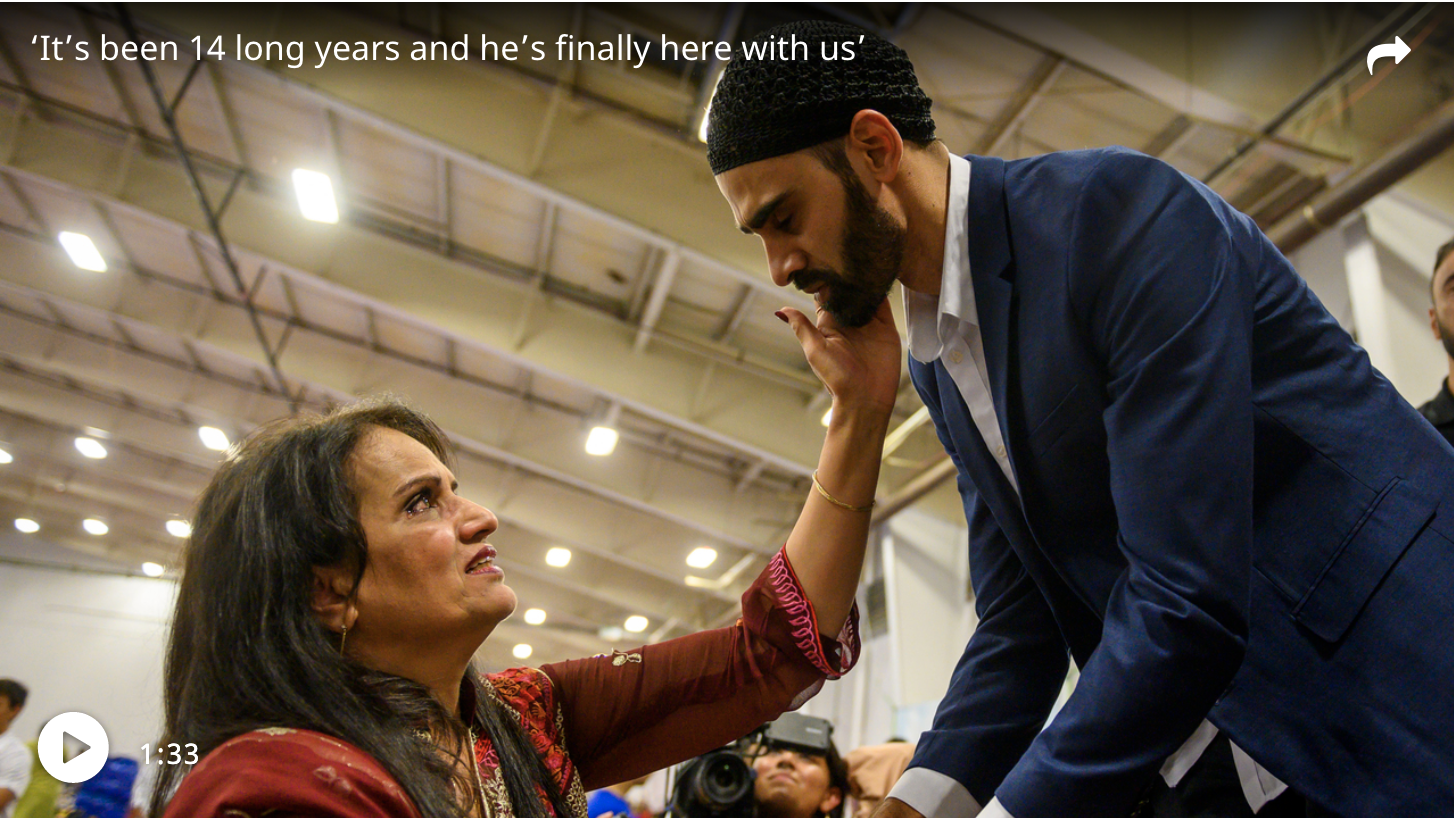July 15, 2020
SF Examiner
Written by IDA MOJADAD
Private and charter schools that may have planned a return to in-person learning will likely be forced to stay off campus when class resumes next month.
Until a few weeks ago, Gateway High School and its middle school, both public charter schools, were expecting to begin the year with a hybrid model combining in-person and online. But the San Francisco health order issued in March that sent students and staff home remains active and, with coronavirus surging, shows few signs of lifting before several schools return in mid-August.
“We will make a decision about where it’s safe to reopen those physical spaces depending on where we stand with the virus and the surge in our city when the time comes,” said Dr. Grant Colfax, Department of Public Health director, on Wednesday. “Certainly, we are going to need to see a decrease in that reproductive rate and continue to follow the data and science to ensure that the supply systems are in place.”
Now, Gateway is planning to return to distance learning when class resumes on Aug. 17 and tentatively switch to a hybrid model on Sept. 15, the school announced Wednesday. Half of its 800 students would be on campus at a time each two days a week, leaving one day to do a deep cleaning.
Gateway students previously used loaned computers in the spring but will each receive a new Chromebook for the year before Aug. 17.
“It became clear that the most responsible and safe approach was to start the year in distance learning,” said Sharon Olken, executive director of Gateway. “It’s actually in some ways really reassuring to see that this feels like not quite consensus, but broad agreement among educators that the best way to ensure safety in our communities and to do right by all is to start the year in distance learning.”The decision mirror plans held by the San Francisco Unified School District as of Tuesday, which will have a detailed plan finalized on July 28. It will take at least eight weeks to phase in a hybrid model, when allowed. School officials in San Diego and Los Angeles made a similar decision earlier this week, while Orange County strongly recommended reopening in-person.Some private higher education schools have sought to attract students with a hybrid approach, but may not be able to maintain that. Both the University of Southern California and the University of San Francisco reversed plans this month to have students on campus.Other private schools have yet to make a decision. The Archdiocese of San Francisco, which has 90 schools in San Francisco, San Mateo and Marin counties, plans to resume classes in mid-August but is still evaluating county health orders.“Given the fluidity of the COVID-19 infection rate, it is too soon for us to be able to definitively know what our return to school plans will be,” said Mike Brown, Archdiocese communications director. “If county health office orders permit in-class instruction, our schools will do everything they can to have as many students as possible return to in-person instruction while mitigating COVID-19 disease transmission.”Five Keys Schools and Programs, a charter school, lands somewhere in the middle. It doesn’t have a campus, instead serving incarcerated students and others by operating out of places that offer community services under a system of appointments for individualized learning.That makes Five Keys reliant on where those offices reopen. Partners include the San Francisco Sheriff’s Department, Adult Probation Department Learning Center, Bayview YMCA, Glide Memorial, Larkin Street Youth Services and Young Women’s Freedom Center.“Because of our model that we have classrooms throughout The City, it might be that locations open at various times,” said Steve Good, Five Keys executive director. “It might be a situation of reassigning students to new locations. It’s a wait and see.”
The infection rate is about 1.3, which could mean a peak of 900 hospitalized patients by October. While Colfax remained optimistic that San Francisco will flatten the curve once again, it took roughly two months for hospitalizations to fall before rising again.
Once the rates are low enough, schools are encouraged to follow DPH guidelines on reopening released last week that outlined a lengthy list of precautions revolving around handwashing, distancing, disinfecting and face coverings.
“We’re still under an order that requires schools to remain closed,” said SFUSD Superintendent Vincent Matthews on Tuesday. “We couldn’t go back to school if we wanted to because the order is still in place. The guidelines are [for] once the students are back on site, this is what you should consider.”
imojadad@sfexaminer.com











